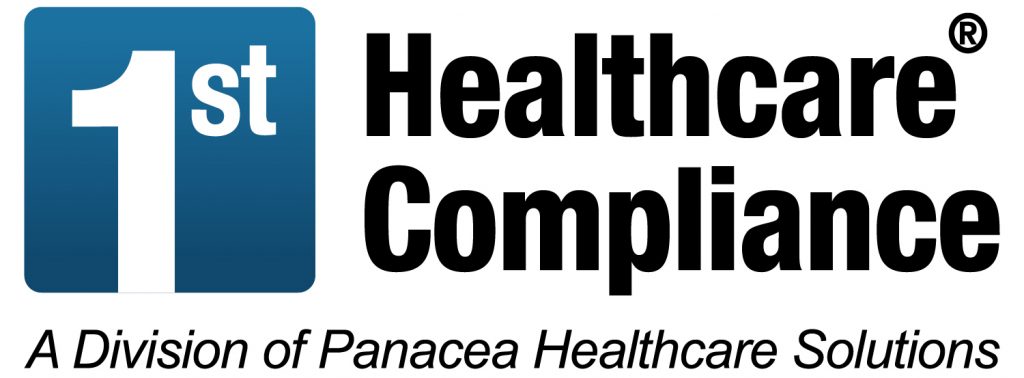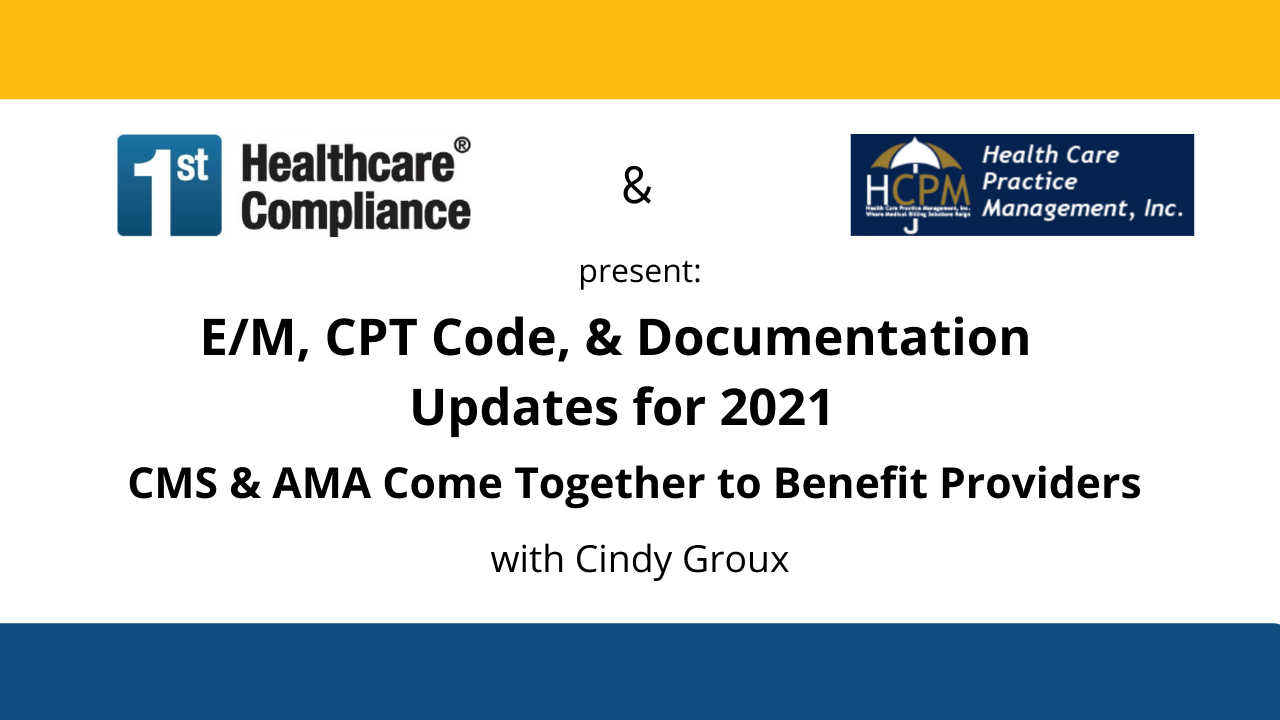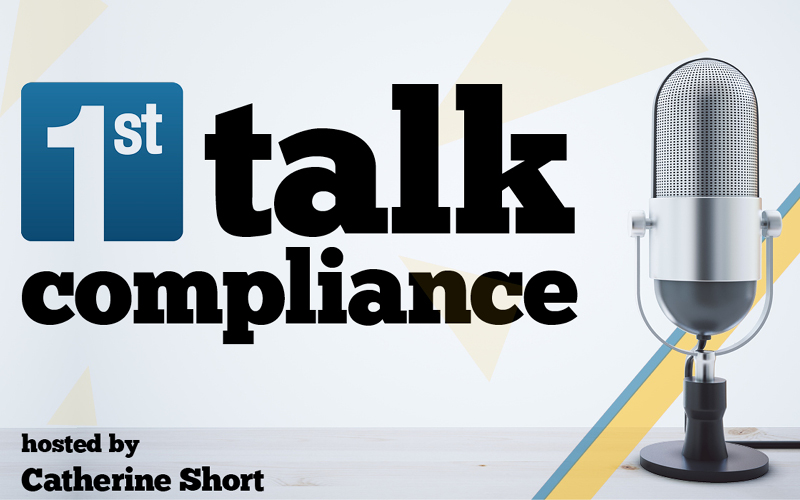ICD-10 Implementation FAQs
ICD-10 Implementation FAQs
1. What is ICD-10?
2. When will ICD-10 be implemented?
3. Why is the United States transitioning to ICD-10?
4. Is there a grace period to submit ICD-9 codes after October 1, 2014?
5. What preparations need to be considered?
6. Do coders need additional anatomy and physiology and pathophysiology training?
7. Will cross walking from ICD-9 to ICD-10 be an option?
8. How will clinical documentation change?
1. ICD-10 refers to the diagnostic coding system that was implemented by the World Health Organization in 1993 to replace ICD-9. ICD-10 is in use in almost every country except the United States. CPT will remain the coding system for physician services.
2. CMS announced the new mandated code set will be ready October 1, 2014. It is highly unlikely that this date will be postponed.
3. The ICD-9 coding system has become outdated and obsolete. ICD-9 cannot describe diagnoses accurately with the level of detail needed for the reporting purposes of our healthcare system. This classification system is organized scientifically and each three-digit category has only ten subcategories and most have been assigned diagnoses.
3. There will no grace period. ICD-10-CM (diagnoses) and ICD-10-PCS (procedures) have a compliance date of October 1, 2014. There will be some instances where both code sets will be utilized. This can be for appeals and resubmissions. Do not make the mistake of thinking that ICD-9 will not be used in your office after the implementation date of ICD-10. For a period of a few months or possibly years you will have to work with mixed code sets.
5. Education is a key factor. Coders, billers, practice managers, physicians and other healthcare personnel need to become educated about how the implementation of ICD-10 will affect their performance.
6. Coders will need a clear understanding of anatomy and physiology as well as pathophysiology due to the clinical nature of ICD-10. A refresher course is recommended for those without a strong understanding of anatomy and physiology or lack of experience.
7. ICD-10 has been developed to reflect clinical and technology advances and to facilitate deeper and more precise clinical descriptions. There will be relatively few instances where a one-to-one match between a code in ICD-9 and a corresponding code in ICD-10. Few use all the available ICD-9 codes, and even fewer will use all available ICD-10 codes. Take the time to analyze existing coding practices for volume, frequency and financial impact and use this information to develop crosswalks that address high frequency codes.
8. To receive proper payments, clinical documentation habits need to change. Due to greater specificity in ICD-10, more detail, not volume, needs to be provided in the chart. A few examples are laterality, intractable vs. not intractable, and acute vs. chronic, severity, comorbidities, complications, sequelae, and manifestations.
Strategies for ICD-10 transition:
• Be proactive
• Realize the EHR is not the solution; education is.
• Invest in provider and staff training
• Prioritize time by setting aside time daily to work on ICD-10 with staff
• Budget for potential cash flow impacts
• Prepare for delayed payment and claim adjustments
• Prepare for health information management productivity delays and education costs
• Update and test software
• Prepare staff to handle increased workload and volume and increased denial claims







